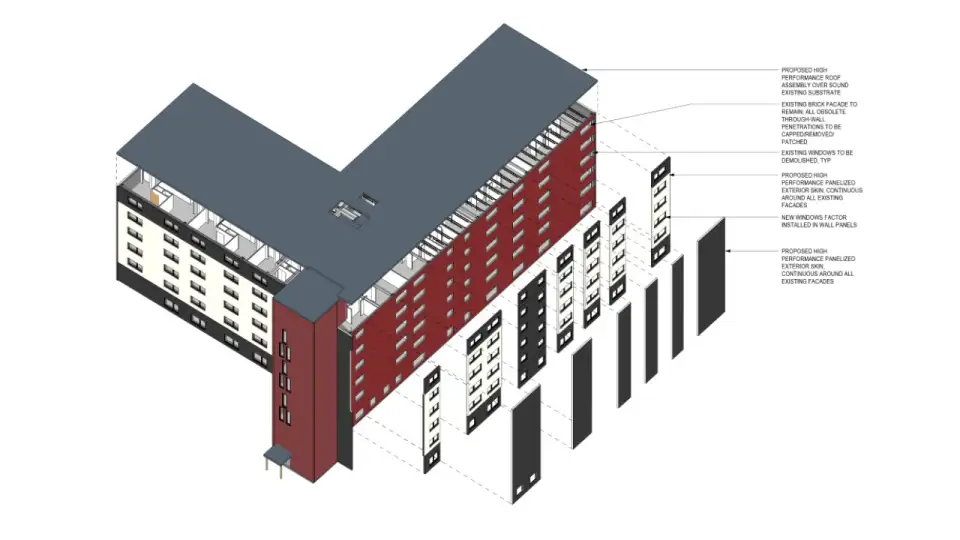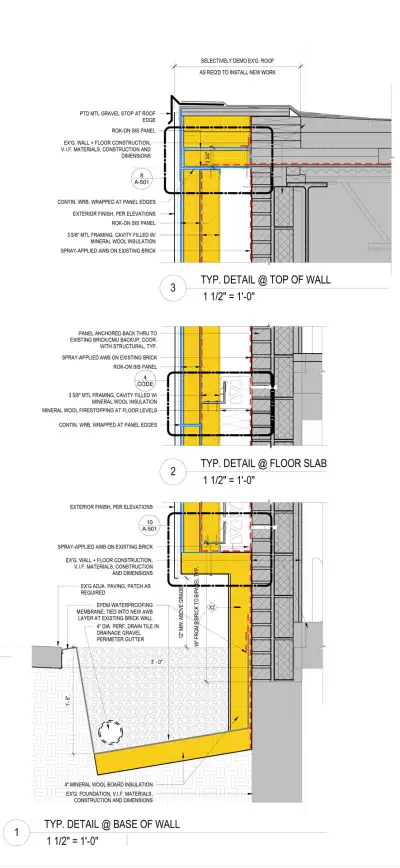There’s no getting around the fact that decarbonizing the building sector requires accomplishing large numbers of deep energy retrofits, and as of yet there isn’t a clear pathway toward effectively getting these done at the scale that is needed. A recent research report by the Advanced Building Construction Collaborative estimates that 29.3 million single-family homes and 3.3 million multifamily units are in grave need of deep retrofits—including new windows, air sealing, insulation, ventilation, and swapping out gas appliances for electric ones. Fortunately, some brave souls are undismayed by both the enormity of the task and its inherent difficulties, and instead are plunging ahead, devising and iterating solutions.
“We're exploring these deep energy retrofits through a couple of different lenses and learning a lot in the in the process,” says Tim McDonald, principal of Onion Flats Architecture (OFA). One of those lenses has been his work with Julie Klump, vice president of design and building performance for the Preservation of Affordable Housing (POAH), which has long been a leader in, well, preserving affordable housing. In 2023 POAH wrapped up a Phius-certified retrofit of Salem Heights, its 281-unit building in Salem, Massachusetts—one of 120 properties POAH owns and manages across 12 states in the Northeast, Midwest, and Mid-Atlantic regions. Despite that project’s challenging aspects—and because of the lessons learned there—Klump hired OFA to make progress on a series of exterior retrofits of similar buildings, starting with the Salem Fairweather.


